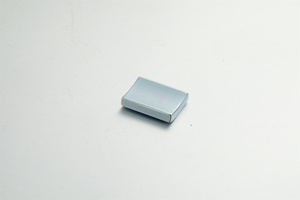Introduction to Signal Generators
A signal generator is an essential tool in various fields such as telecommunications, electronics, and audio testing. This device produces electrical signals, either repetitive or non-repetitive, that mimic the behavior of a range of real-world signals. Their primary purpose is to test and develop electronic devices by sourcing the appropriate signals required in electronic systems and circuits. Signal generators come in a wide variety of designs, which makes them versatile for different applications.
Types of Signal Generators
When discussing signal generators, it is crucial to recognize the various types available on the market, each designed for specific functions. These include:
- Function Generator: Primarily used for creating different types of waveforms (sine, square, triangle) across a range of frequencies.
- RF Signal Generator: Specialized for radio frequency signals, commonly used in wireless communication testing.
- Pulsed Signal Generator: Designed to generate pulses, crucial for simulations in timing and digital circuits.
- Audio Signal Generator: Produces audio frequency signals, largely utilized in audio equipment testing.
Applications of Signal Generators
The versatility of signal generators extends to numerous applications across different industries:
- Telecommunications: Used in the development and testing of communication equipment such as transmitters and receivers.
- Consumer Electronics: Essential in testing devices like radios, televisions, and speakers.
- Medical Equipment: Employed in testing and calibrating medical instruments and devices such as ECGs and imaging systems.
- Research & Development: Utilized in laboratories for experiments and prototyping new electronic devices.
Features and Advantages of Signal Generators
When selecting a signal generator, understanding its features and advantages is vital for effective utilization:
- Frequency Range: Many generators offer a wide frequency range, allowing testing across various applications.
- Waveform Variety: Capabilities to produce multiple waveform types including sine, square, triangle, and arbitrary waveforms enhance testing versatility.
- Modulation Features: Advanced models support modulation techniques such as AM, FM, and PM, facilitating comprehensive testing of communication protocols.
- User-Friendly Interface: Many signal generators are equipped with intuitive interfaces, including touch screens, knobs, and software, making them easy to operate.


















































